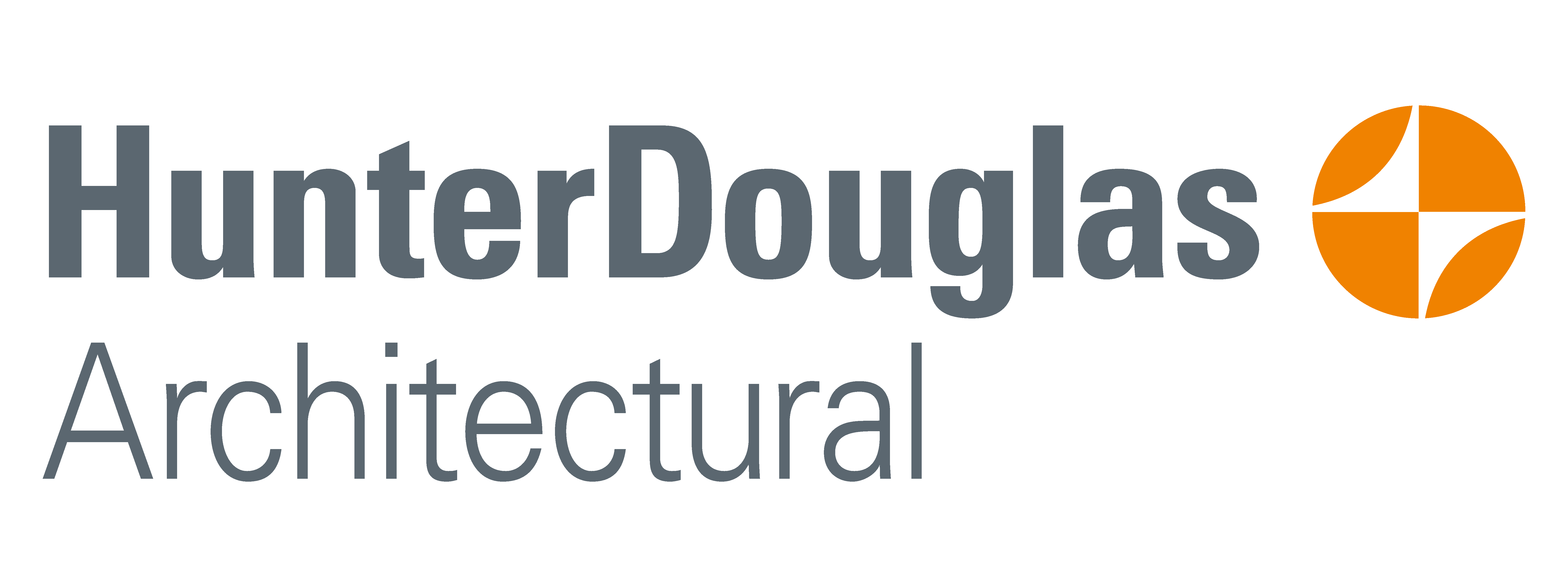
August 23, 2018
Center for Architecture Unpacks the Legacy—and Unfinished Business—of Activist Whitney M. Young
The gallery at the AIA New York Chapter takes an unflinching look at the civil rights leader’s call to action, 50 years later.

In the summer of 1968, civil rights leader Whitney M. Young delivered what was likely the loudest mic drop in architecture history.
Young, the then-president of the National Urban League, addressing an audience of predominantly white, male architects at the American Institutes of Architects (AIA) national convention in Portland, Oregon, upbraided the group for its “thunderous silence” and “complete irrelevance” in the struggle for equal housing and equal rights among minority Americans. Young didn’t mince words about the makeup of his audience either: “One need only take a casual look at this audience to see that we have a long way to go in this field of integration of the architects,” he said.
A half century has elapsed since Young’s landmark speech, leaving architects to take stock of the state of diversity within the field of architecture. A pocket-sized exhibition at New York’s Center for Architecture, now in its closing weeks, puts a message forth large and clear: the profession still has a problem.
A Call to Activism: Echoing Whitney Young 50 Years Later, organized by the AIA New York Chapter’s (AIANY) Equity, Diversity, Inclusion committee (EDI), is at once an homage to Young and a compelling call to action. Although the show occupies just one corner of the Center, its laser-sharp focus underscores the urgency of its thesis.
The exhibition begins by contextualizing Young’s life and the volatile political climate (just weeks after Martin Luther King’s assassination) leading up to the 1968 Convention. Text from Young’s speech runs alongside historical vignettes and photographs on tangerine-colored walls (Manuel Miranda Practice contributed the show’s bold graphic design).
This historical grounding forms the backdrop for the results of AIANY’s own survey, which asked 448 New York architects to weigh in on topics such as pay, role within firms, and career development. The numbers are troubling, but not surprising. Just 12 percent of survey respondents identified as “underrepresented architects of color,” even though more than 50 percent of New Yorkers identify as black or hispanic. For the question “How much money do you earn?” the disparities between female and minority architects are marked compared to their male and white counterparts (17 percent of female architects make upper range salaries—more than $150,000—compared with a quarter of their male colleagues; Only 15 percent of minority architects make that same salary versus 23 percent of whites).
The data is powerful enough, but a 20 minute video reel featuring interviews with four architects brings it to life. Dr. Sharon Sutton, an educator and activist, points out that the AIA was founded in 1857, six years before the Emancipation Proclamation. “So this profession was born at a time of slavery,” she says. “Our mission is rooted in a patriarchal, racist society so the mission has to fundamentally change. If the mission would change then the demographic would change.”
“We don’t really understand the problem even though we call ourselves problem-solvers,” adds architect Jack Travis, who has been participating in diversity committees since the early ’90s. Rather than examine diversity sporadically, or as part of an anniversary like Young’s speech, Travis advocates for a special AIA endowment to study and scrutinize the state of the profession every single year.
Such introspection and visibility provided by efforts like A Call to Action is a vital step—and strides indeed have been made. But Whitney M. Young also pointed out that “Nothing in this country [is achieved] really until the so-called decision makers and the power structure in the country decide that they had better get busy.”
Given present-day politics, change still feels a long way off.
A Call to Activism: Echoing Whitney Young 50 Years Later is on view at the Center for Architecture through September 15.
You might also like, “In the Wake of #MeToo, Equity Is Put Front and Center at AIA Conference.”
Recent Viewpoints
Viewpoints
Sustainability News Updates for Q2 2025











